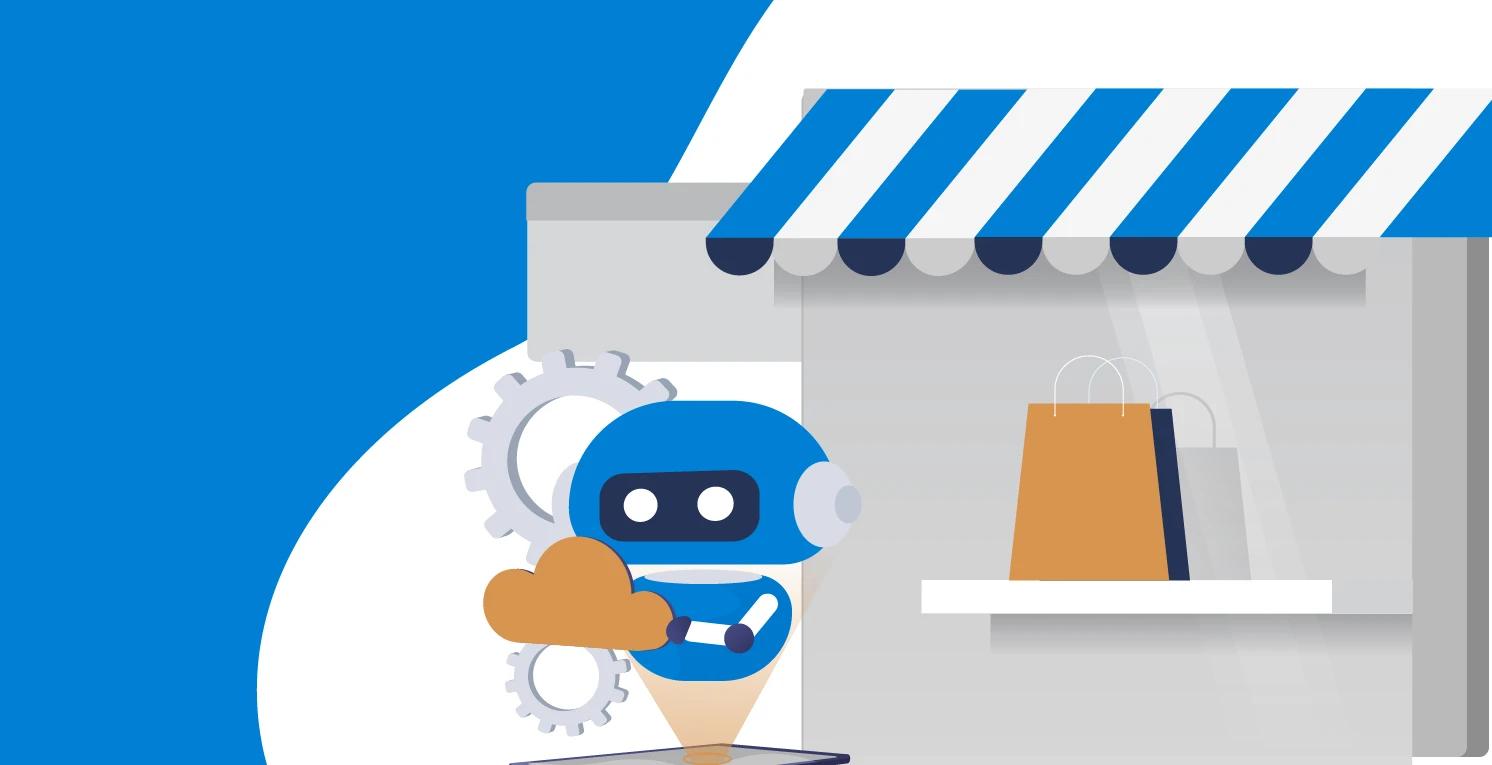Deep learning is a major buzzword the retail industry has become infatuated with. Many assume that deep neural networks are the end all be all and should replace traditional algorithms altogether. However, there is no one perfect model to predict every component. Before jumping ship from traditional algorithms, it’s vital to understand how to leverage both types of algorithms to produce more accurate predictions.
Throughout this article, we will learn more about the strengths and weaknesses of regression models (traditional algorithms) and deep neural networks (deep learning).
What’s the difference between regression-based models and deep neural networks?
Before we dive into the pros and cons of each type of model, we first must understand the difference between the two. Both deep neural networks and regression-based models are a form of Artificial Intelligence.
They can independently learn from past decisions and adapt to optimize results. Essentially, they can achieve the same output, but the key difference is how they calculate the optimal solution.
Regression-based models
Regression-based models are a form of predictive analytics, falling in the machine learning bucket (as shown in the graphic below). They use a variety of statistical techniques that examine past and current data to make predictions about the future.
Essentially, regression-based models estimate the relationship between a dependent variable and one or more independent variables. Often, regression analysis is used for prediction and forecasting.
Deep neural networks
According to IBM, deep neural networks form a subset of machine learning, with algorithms that aim to mimic the structure of the human brain to solve complex problems, which more standard machine learning techniques cannot handle.
“Neural networks rely on training data to learn and improve their accuracy over time. Once these learning algorithms are fine-tuned for accuracy, they are powerful tools in computer science and artificial intelligence, allowing us to classify and cluster data at a high velocity.”
Overall, the key difference between the two:
- Regression Models – We model the system with an equation based on the effects we expect to see (intentional/manual).
- Deep neural networks – We do not try to model the system with an equation. Rather, we allow the model to learn a set of complex relationships between the variables by showing the network many training examples. This could be thought of as tens/hundreds/thousands of equations feeding into one another in such a complex way that a human could never have discovered it.
Regression-based model strengths & weaknesses
*Please note that these do not highlight all the strengths and weaknesses… just a few that stand out to us.
Strengths
1. Separating seasonality from other effects
Seasonal patterns in most retail businesses are fairly reliable, and when they aren’t, it’s typically related to external factors (e.g. weather) that aren’t really predictable regardless of what we do.
2. Establishing a base demand level
Regression-based model approaches tend to do a decent job of establishing a base demand level. This is less true for highly seasonal or short life-cycle products, but for most items, the base demand is fairly reliable.
3. Extensible to new regimes
Decomposition-style approaches tend to be extensible to new regimes because each effect is modeled independently, extrapolating more naturally than a deep neural network approach.
Weaknesses
1. Capturing price dynamics
Traditional approaches don’t capture price dynamics very well, which is a significant factor in forecasting beyond a base demand concept. The main flaw with modeling pricing is that it runs into real-world constraints and thresholds, including competition (other stores and other products), customer budget constraints, etc.
2. Capturing complicated promotions
Complicated promotions don’t work well in the regression-based models because they can’t capture everything without adding a risky amount of complexity.
3. Ensembling the results of the models based on the inputs
In retail, it’s natural to run a regression on particular levels from the product/location/time hierarchies, but often the best hierarchy level differs by data robustness. Externally supplied logic is then needed to choose which situations should draw from which models.
Deep neural network strengths & weaknesses
*Please note that these do not highlight all the strengths and weaknesses… just a few that stand out to us.
Strengths
1. Work with insufficient knowledge
Deep neural networks can find functions on the input variables that don’t have a nice mathematical description. This is what allows them to solve problems like image recognition which were previously far beyond the capabilities of AI.
2. Intrinsic handling of correlations
Neural net models will naturally mix the input parameters, allowing for a wide variety of ways to capture possible correlations in the data.
3. Transfer learning
A network trained to complete one task can often be adapted and trained for a short period of time to solve a similar task.
Weaknesses
1. It’s a black box
It is difficult to understand why a deep neural network gives a specific output. The Explainability of deep neural networks is a very active area of research but is far behind the explainability of regression.
2. Development is neither quick nor cheap
Depending on time and resources, it could take weeks to develop a solid deep neural network due to training.
3. Amount of data
Deep neural networks require much more data than a traditional algorithm to ensure it trains accurately.
Conclusion
While deep learning is a hot topic, it cannot solve all of the problems retailers face within their data science space. Instead, it’s important to recognize the opportunities both deep neural networks and regression models provide.
We believe that deep neural networks offer some big advantages, particularly in pricing, but retailers should still retain a regression-style combination for explainability and reduction of computational complexity.

